Pair of Marta Blomstedt Sheepskin Armchairs for the Hotel Aulanko, Finland, 1930s.
In 1936, architects Matti Lampen and Märta Blomstedt were commissioned to design the Aulanko Hotel in Hämeenlinna, Finland. This hotel was in its time a luxury hotel of international relevance. Here Finnish functionalist elegance was conveyed at its best. The armchairs in the hotel's entrance hall are today the subject of varying questions among design experts.
There are claims that the prototype of the model made for the Aulanko Hotel was Fleming Lassen's "Tired Man" armchair from 1935.
"Aulanko" itself became known all over the world. Most notable is the voluminous body that stands on four bun-shaped feet.
While this model originally had tubular steel legs, today there are many variations of this chair, such as a 1941 model with wooden legs.
Available in abundance in Finland, wood was used by many furniture makers as a substitute for metal, which was banned for furniture during the war.
Until the late 1940s, Artek marketed a version of the armchair with round wooden legs. In the 1950s, similar but smaller models were produced by different manufacturers, including Kantosen Puutyö. This craze explains the appearance of many variations with slight differences.
Armchairs are very comfortable and impressive. Through their streamlined and round shapes, they literally invite the user to sit in them and check if they are as comfortable and cozy as they look. For upholstery, we used the highest quality, premium sheepskin, which, apart from being very pleasant to the touch and cozy, is also durable. Furthermore, the warm brown colour of the wooden feet nicely contrasts to the soft, light color of the upholstery, creating a cosy look, not to mention that wooden bun feet make a long-lasting, rock solid foundation for any chair.
Condition:
In good vintage condition. Wear consistent with age and use. The armchairs are newly refinished and reupholstered in premium sheepskin.
Dimensions:
Width 100 cm / 39.37 in.
Depth 95 cm / 37.4 in.
Height 90 cm / 35.4 in.
Seat Height 40 cm / 15.7 in.
About the Designer:
Märta Blomstedt (1899–1982) was an architect and one of the driving forces of the Finnish functionalism movement. Partnering with her husband, Pauli E. Blomstedt, her first works were noted for their functional, rather than decorative appearance and settings in park-like environments. After her husband's death, initially she formed a firm with Matti Lampén to complete projects her husband and she had begun. Later, she and Lampén formed a firm designing their own creations. She designed all aspects of her buildings including the furnishings, demonstrated in one of Blomstedt & Lampén's most noted designs of the Hotel Aulanko. During the war, Blomstedt & Lampén mostly worked on renovation and restoration projects of existing buildings, but at the war's end, they returned to their own designs. In addition to buildings, they were responsible for the city plans for Kuusjärvi and the Oravikoski Mining Community and created both public and private buildings in each city as well. When Lampén died, Blomstedt formed a partnership with Olli Penttilä and continued to work into the 1970s.
Literature:
"Hotel Aulanko bei Tavastehus (Hämeenlinna): Architekten Märta Blomstedt und Matti Lampén", Das Werk: Architektur und Kunst = L'oeuvre: architecture and art, no. 27, 1940, p. 95 for a similar example
Coppia di poltrone in pelle di pecora Marta Blomstedt per l'Hotel Aulanko, Finlandia, anni Trenta.
Nel 1936, gli architetti Matti Lampen e Märta Blomstedt furono incaricati di progettare l'Hotel Aulanko a Hämeenlinna, in Finlandia. Questo hotel era all'epoca un albergo di lusso di rilevanza internazionale. Qui l'eleganza funzionalista finlandese si esprimeva al meglio. Le poltrone della hall d'ingresso dell'hotel sono oggi oggetto di vari interrogativi tra gli esperti di design.
Si sostiene che il prototipo del modello realizzato per l'Aulanko Hotel fosse la poltrona "Tired Man" di Fleming Lassen del 1935.
la stessa "Aulanko" divenne nota in tutto il mondo. La cosa più notevole è la scocca voluminosa che poggia su quattro piedi a forma di focaccina.
Se in origine questo modello aveva gambe in tubolare d'acciaio, oggi esistono molte varianti di questa sedia, come il modello del 1941 con gambe in legno.
Disponibile in abbondanza in Finlandia, il legno fu utilizzato da molti produttori di mobili come sostituto del metallo, vietato per i mobili durante la guerra.
Fino alla fine degli anni Quaranta, Artek commercializzò una versione della poltrona con gambe di legno rotonde. Negli anni Cinquanta, modelli simili ma più piccoli furono prodotti da diversi produttori, tra cui Kantosen Puutyö. Questa mania spiega la comparsa di molte varianti con lievi differenze.
Le poltrone sono molto comode e di grande effetto. Grazie alle loro forme affusolate e rotonde, invitano letteralmente l'utente a sedersi e a verificare se sono comode e accoglienti come sembrano. Per il rivestimento abbiamo utilizzato pelle di pecora di prima qualità, che, oltre a essere molto piacevole al tatto e accogliente, è anche resistente. Inoltre, il colore marrone caldo dei piedini in legno contrasta piacevolmente con il colore chiaro e morbido dell'imbottitura, creando un aspetto accogliente, senza contare che i piedini in legno costituiscono una base solida e duratura per qualsiasi sedia.
Condizioni:
In buone condizioni vintage. Usura coerente con l'età e l'uso. Le poltrone sono state recentemente rifinite e rivestite in pelle di pecora di prima qualità.
Dimensioni:
Larghezza 100 cm.
Profondità 95 cm.
Altezza 90 cm.
Altezza della seduta 40 cm.
Informazioni sul designer:
Märta Blomstedt (1899-1982) è stata un architetto e una delle forze trainanti del movimento del funzionalismo finlandese. In collaborazione con il marito, Pauli E. Blomstedt, le sue prime opere si distinguevano per l'aspetto funzionale, piuttosto che decorativo, e per l'ambientazione in un parco. Dopo la morte del marito, inizialmente formò uno studio con Matti Lampén per completare i progetti iniziati dal marito. In seguito, lei e Lampén formarono uno studio che progettava le proprie creazioni. Disegnò tutti gli aspetti dei suoi edifici, compresi gli arredi, come dimostra uno dei progetti più noti di Blomstedt & Lampén, l'Hotel Aulanko. Durante la guerra, Blomstedt & Lampén si occuparono soprattutto di progetti di ristrutturazione e restauro di edifici esistenti, ma alla fine della guerra tornarono a progettare in proprio. Oltre agli edifici, furono responsabili dei piani urbanistici di Kuusjärvi e della comunità mineraria di Oravikoski e realizzarono edifici pubblici e privati in ciascuna città. Alla morte di Lampén, Blomstedt si mise in società con Olli Penttilä e continuò a lavorare fino agli anni Settanta.
Letteratura:
"Hotel Aulanko bei Tavastehus (Hämeenlinna): Gli architetti Märta Blomstedt e Matti Lampén", Das Werk: Architektur und Kunst = L'opera: architettura e arte, n. 27, 1940, p. 95 per un esempio simile
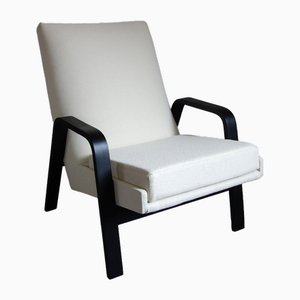
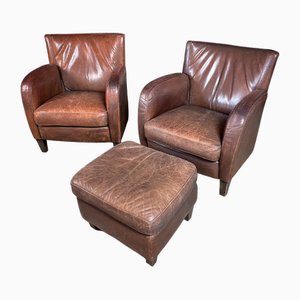
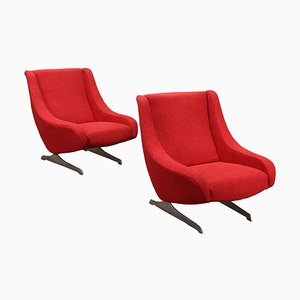

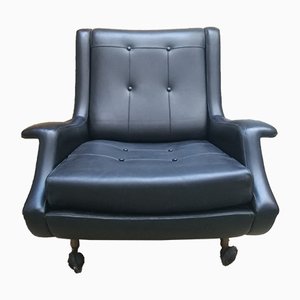
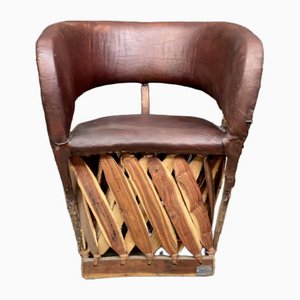
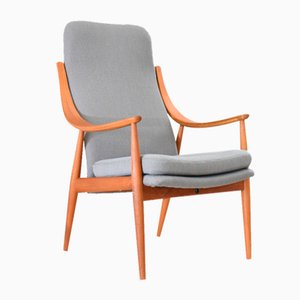
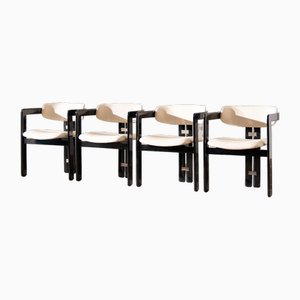
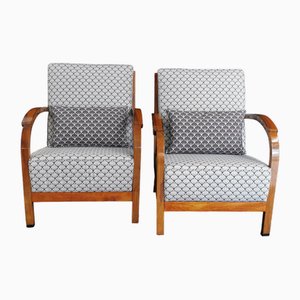
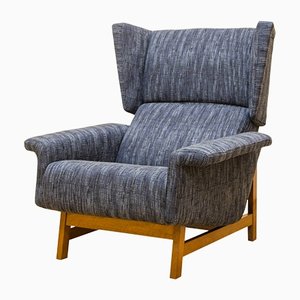
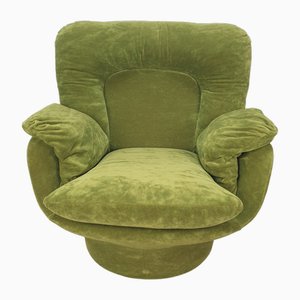
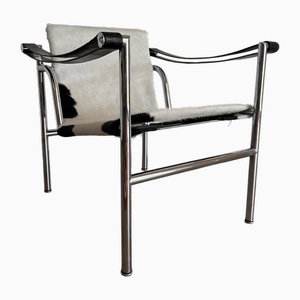
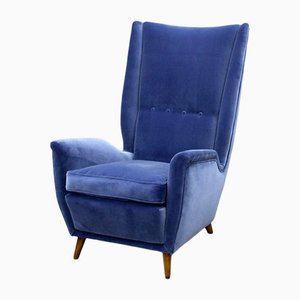
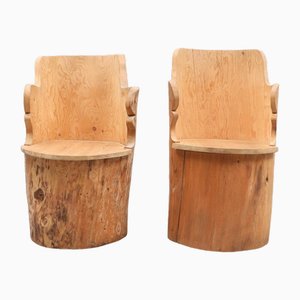
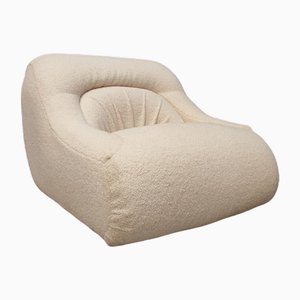
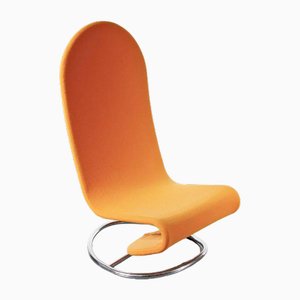
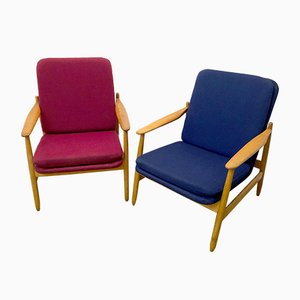
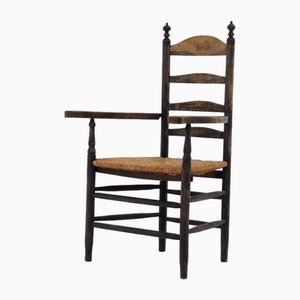
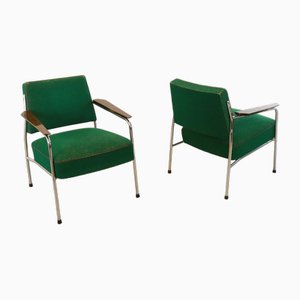
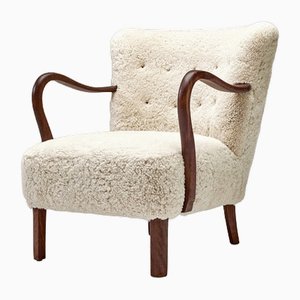
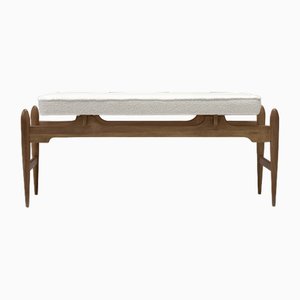
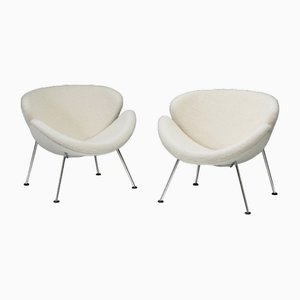
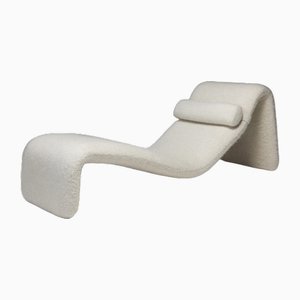
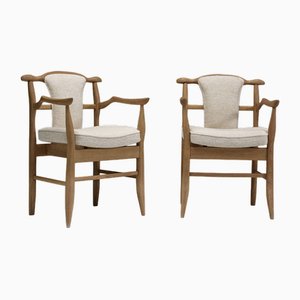
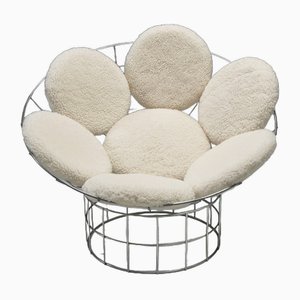

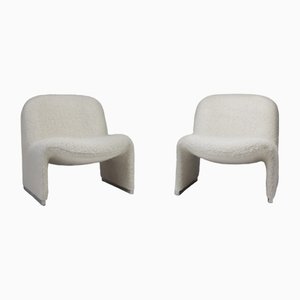
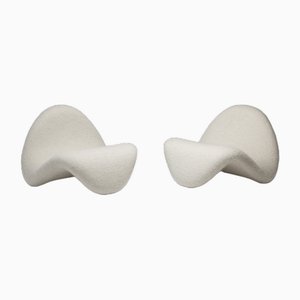
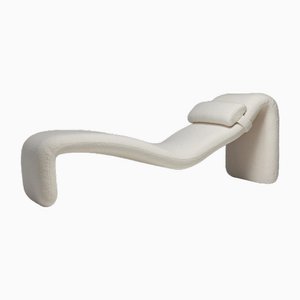
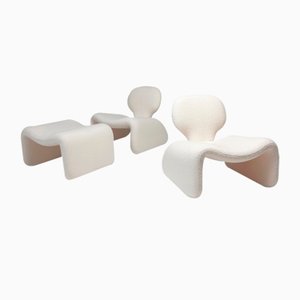
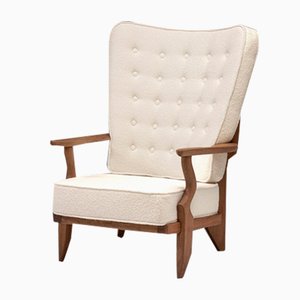
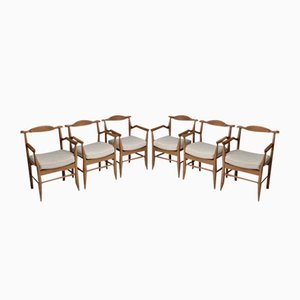
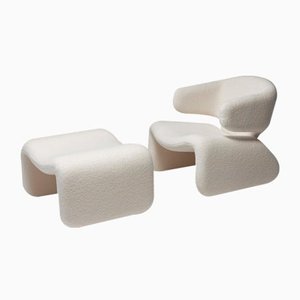
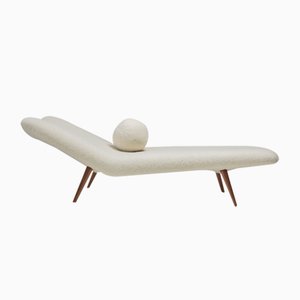
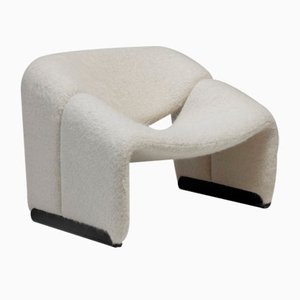
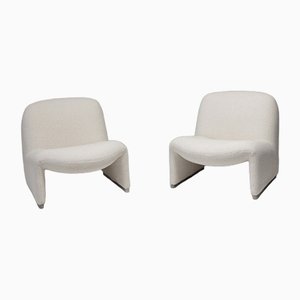
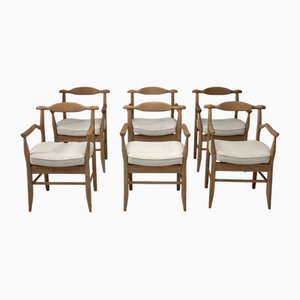
Contattaci
Fai un'offerta
Abbiamo notato che sei nuovo su Pamono!
Accetta i Termini e condizioni e l'Informativa sulla privacy
Contattaci
Fai un'offerta
Ci siamo quasi!
Per seguire la conversazione sulla piattaforma, si prega di completare la registrazione. Per procedere con la tua offerta sulla piattaforma, ti preghiamo di completare la registrazione.Successo
Grazie per la vostra richiesta, qualcuno del nostro team vi contatterà a breve.
Se sei un professionista del design, fai domanda qui per i vantaggi del Programma Commerciale di Pamono